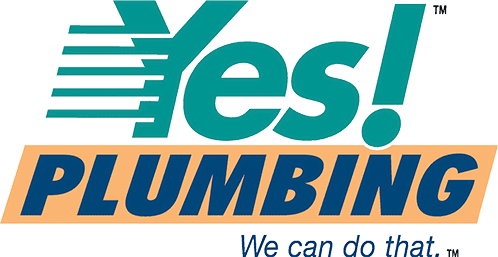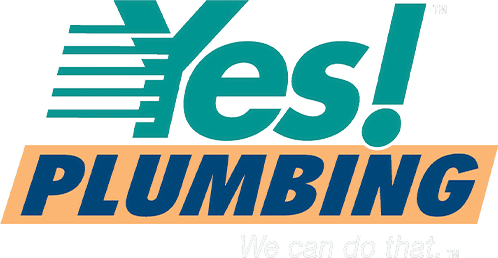Maintenance requirements for hot water heaters will vary depending on the type of heater you own. It’s important to note that this article explains maintenance steps on residential tank type and tankless heaters only. It does not cover commercial type heaters.
Be careful—you are working with very hot liquid and you can burn yourself or others. If you are unsure about any of these procedures, we are at your service 7 days a week and can provide this service for you.
Tank type heaters
The absolutely most important thing you can do to maintain your tank type water heater is to flush the built up sediment out of the bottom of the tank frequently.
How often “frequently” is depends on the type of water you have. At a very minimum you should flush the heater at least once a year. If your water is hard enough to require a water softener, you may want to flush it as often as every three months.
To flush the heater, simply hook a hose up to the bottom drain valve (a brass or plastic valve usually located on the bottom front of the heater).
For this operation do NOT shut the water off to the heater. Run the hose to the nearest floor drain (or sink or even outside if no floor drain is available).
Then simply open the valve (this is important) all the way open and let the water run full force for at least three to five minutes. Close the valve and drain the hose.
Next look at the owner’s manual and find out where the dust and oil filters are on your heater. Vacuum these thoroughly. If your heater is in a laundry room, do this every 6 months. If not, once a year should suffice.
Next, test the T&P relief valve (temperature and pressure). This is a brass colored valve located on the top or upper side of the heater. It has a silver covered lever on the end of it.
That lever releases hot water from the valve so be careful. DON’T open this lever slowly. Rather you need to quickly flip the lever up so that it snaps open and springs closed very quickly.
It should close on its own when you release it as it is spring loaded. If it will not close, or drips for more than a few minutes after it closes, it needs to be replaced.
Lastly, turn the shutoff valve that is located on the cold water inlet pipe above (sometimes beside) the heater to the fully closed position. Then re-open the valve. This is called “exercising” the valve and will insure that it will work when the heater starts leaking in the future.
Do this at least once a year or every time you perform the other steps.
Tankless heaters
Tankless heaters are a little less forgiving than tank type heaters if you neglect the maintenance.
Hopefully, your plumber would not install a tankless heater in your home if your water is not compatible with that heater.
Assuming he did not, the first thing to do is to clean all the filters. Most tankless heaters have 3 of these. They are for air, water and condensate.
All three need to be removed, inspected and cleaned if necessary. Check the owner’s manual for the location for your particular brand. Each manufacturer has its own ideas about where these filters should be located.
Most of these can be rinsed with clear water and reinstalled. Inspect each one for damage and if damaged or corroded, replace the filter.
Your tankless heater should have been installed with a service valve kit. On the hot side outlet there will be a T&P valve. It should be tested as described above in the tank type heater section.
Exercise the cold and hot side service valves to insure they will work when needed.
If your heater is scaling up (plugging up with sediment or scale) and you are noticing a reduction in quantity of hot water produced, check with your local service plumber to determine the cause.
This is a serious problem and has the probability of ruining your tankless heater. The heat exchanger can be cleaned but only if it is done before it plugs up.
If your heat exchanger plugs up then you might as well buy a new heater as the labor to replace it is prohibitive.
Yes! Plumbing can professionally descale your heater with completely non-toxic and non-acidic cleaners which will not damage your drain system when drained on completion of cleaning.
Lastly, if your heater is scaling up call us immediately to diagnose the cause and determine options for solving this serious problem.
Why Choose Yes! Plumbing?
Yes! Plumbing Premium Club Members get regular yearly maintenance of their heaters done free (along with all the other yearly maintenance required to keep their plumbing systems in tip-top shape).
If you’d like information on joining our Club and its free benefits, give us a call (708) 847-7045 24/7, 365 days a year.


